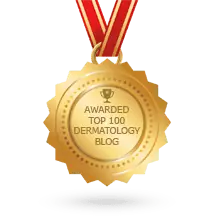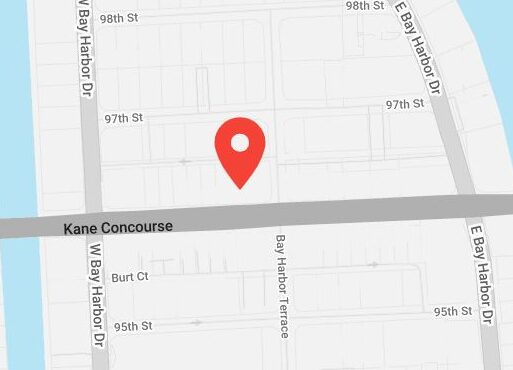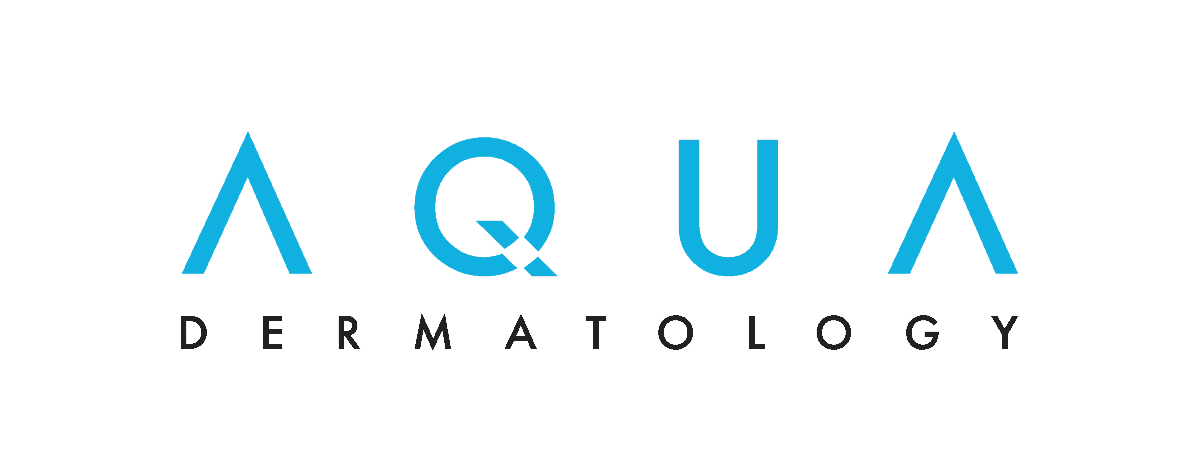 Did you know that you skin is your largest organ! It’s one of the few that is constantly exposed to exogenous elements, and because of this, it has to be highly adaptable and flexible. Skin is extremely elastic, particularly in young and healthy people. It can stretch and expand, then retract when needed. While the skin is an amazing organ that is able to adapt to many changes, there is a limit to how far the skin can stretch and retain its smooth texture. When it gets past this limit and continues stretching, the dreaded lines called “stretch marks” can start to appear.
Did you know that you skin is your largest organ! It’s one of the few that is constantly exposed to exogenous elements, and because of this, it has to be highly adaptable and flexible. Skin is extremely elastic, particularly in young and healthy people. It can stretch and expand, then retract when needed. While the skin is an amazing organ that is able to adapt to many changes, there is a limit to how far the skin can stretch and retain its smooth texture. When it gets past this limit and continues stretching, the dreaded lines called “stretch marks” can start to appear.Stretch Marks
We all know what stretch marks look like–those little lines that are deep pink or purple at first, then turn into pearly white scars over time. Also known as striae, these unsightly lines can affect anyone but there are some risk factors that increase the possibility of their formation. Common causes include:
• Pregnancy
• Rapid weight gain or loss
• Growth spurts
• Hormonal changes
Stretch marks occur when the body grows too quickly for the skin, causing small tears in the dermis due to the breakdown of collagen and elastic fibers. Genetics play a minor role, as they do tend to run in families. However, almost no one can avoid the development of stretch marks entirely. Common striae sites include the thighs, hips, breasts, and stomach.
Prevention
If you are starting to show signs of stretch marks, or are going into a period of your life where it is possible they will start to appear, then you may want to take the following steps to help prevent them from forming, even if these efforts are not as effective as you might wish. Regardless of the cause, hydrating the skin is the most important tip! Pregnant women, for example, should use highly emollient based creams such as cocoa butter or Bio oil on the stomach area as their abdomen grows larger. As mentioned before, stretch marks may also have a genetic component. If you have family members with a lot of stretch marks, you might want to talk to a cosmetic dermatologist about more in-depth preventative methods.
Slow and steady weight gain or loss can help prevent stretch marks, although changes in the body from pregnancy, puberty, or growth spurts can make this difficult. This is particularly common in areas such as the breasts and thighs. Up to 90% of pregnant women get stretch marks eventually during their pregnancy. Despite this alarming number, there are multiple highly effective treatments available!
Treatment
While there is no way to completely eliminate stretch marks, there are numerous effective treatments available to make them less noticeable. Here are some of the more popular treatments:
• Prescription Retinoid Creams: These topicals work best when used on newly formed red stretch marks. They can be used alone or in combination with laser treatments for the ultimate results. By stimulating collagen production in the dermis, retinoids can halt newly forming striae from progressing.
• Microdermabrasion: By using very fine crystals, the upper layers of the skin are removed and collagen is stimulated, smoothing and plumping the skin surface. These treatments work best on newer marks, but usually require multiple treatments.
• Limelight: Got red only? Intense Pulsed Light (IPL) is a light device that can be used to treat newly formed red stretch marks. Most patients require 2-6 treatments, and there is no significant downtime.
• Laser Genesis®: This nonabalative laser device can improve redness as well as the texture of striae to help stimulate collagen production. This painless procedure usually requires 4-5 treatments for the best results.
• e-Matrix™: This Sublative Radiofrequency device can be used alone for older white striae or in combination with IPL to improve the overall texture by stimulating collagen as well as elasticity. Excellent results are seen when combined with IPL to target the red component. Four to six treatments spaced one month apart are typically recommended. Great for those with busy lifestyles requiring minimal downtime.
• Fractionated Co2:RE Resurfacing: More aggressive approaches include the fractionated ablative CO2:RE laser, which creates multiple microscopic injuries into the skin. This promotes the body’s natural healing process to stimulate collagen in the dermis.
Only a qualified dermatologist can advise you on which treatment is best for you, but it’s good to understand your options before you speak to an expert.
A Skincare Resource
Still have questions about stretch marks or ready to discuss treatment options? It’s time to seek out a cosmetic dermatologist who can be your go-to resource for skin questions. A knowledgeable dermatologist can help set you on the right path for healthy, beautiful skin. If you’re looking for a trusted resource in the Miami area, come meet with acclaimed cosmetic dermatologists Drs. Diane Walder, Cynthia Golomb and Stacy Chimento. Dr. Walder is a nationally respected authority on cosmetic dermatology, offering a range of gentle skin treatments, customized skincare, and more. Call 305-866-2177 today to schedule your appointment.



